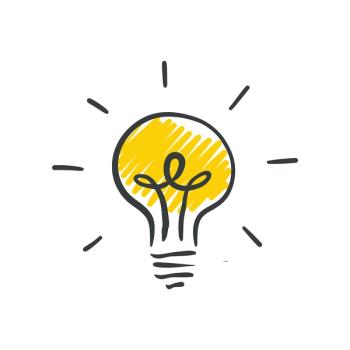
Why AI will not replace us
As more patients turn to Google and AI tools to diagnose themselves, a new debate is emerging: Can digital health technology truly guide care or is it driving dangerous misdiagnoses?
According to a recent study,
Similar research reveals that
Patients often use Google to research their symptoms, but as of yet, there are no tools that can compete with the expertise of someone who has completed a medical education or further.
The rise of artificial intelligence (AI) could rival and support the health care industry. The use of AI tools in health care could be helpful in prevention, diagnosis, monitoring, and treatment.
This article compares AI to Google and other search engines for self-diagnosis, It also explores the significance of digital health tools, particularly in addressing health care disparities.
What is self-diagnosis?
Self-diagnosis refers to patients using online tools instead of seeking the advice of a health care professional. Self-diagnosis is commonly done using internet searches, online tests, and websites like Google and WebMD.
In the age of the internet and social media,
The benefits
Despite the stigma of self-diagnosing, there are
- Increased self-awareness about health and overall well-being
- It promotes open dialogue and can help discussions with health professionals
- Can help people improve their health literacy and access to resources
- Contributes to bridging inequity gaps and accessibility in health care
- It is available 24\7
- It’s cost effective, i.e., free!
Self-diagnosis through tools like ChatGPT and WebMD can be a good way to improve your health literacy when used in moderation and critically. Like any tool, there are some risks involved, but the tools can be educational and helpful if appropriately utilized.
The drawbacks
It's also important to understand the drawbacks involved with using digital health tools for self-diagnosis. The potential negatives include:
- Self-diagnosis comes with a massive risk of mislabeling and trivialization
- It lacks the expertise and nuance of a professional diagnosis
- Contributes to the pathologization of things that aren't pathological
- If symptoms and severity are misinterpreted, it can lead to anxiety
- This can lead to misinformation being shared and promoted
AI and self-diagnosis
With a significant number of people not having a primary care provider, accessing medical services, and costs increasing, it's no surprise that
While self-diagnosis has its benefits, current search engines and platforms, such as WebMD, are insufficient. They can lead to misdiagnosis, inaccurate treatment, and/or delayed care for serious conditions.
This is because many of the factors a physician would consider, such as medical history and lifestyle,
Could AI replace doctors?
In the areas where current self-diagnosis tools, such as Google and WebMD, are lacking, artificial intelligence can be helpful. New generative artificial intelligence chatbots, such as Gemini and ChatGPT, can facilitate more comprehensive self-diagnosis.
This is because it's possible to feed generative AI tools information on factors such as medical history and lifestyle, allowing for a more reliable diagnosis. Generative AI tools are also rapidly improving in real-time, so accuracy is getting better by the day.
Unlike Google, where people draw their own conclusions for their self-diagnosis, generative AI chatbots provide an answer in real time based on the information you provide. This can reduce the risk of people misrepresenting their symptoms and misdiagnosing themselves.
Another benefit of generative AI chatbots is that they are designed to
A recent article in
The role of self-diagnosis
Statistics reveal that
AI-driven
Self-diagnosis is important because it can help people access health advice and treatment that might otherwise be inaccessible. Similarly, it promotes discussion and awareness of conditions, such as mental health, and can help reduce stigma.
Bottom line: Although generative AI chatbots are still an emerging technology, many people are starting to use them over current self-diagnosis methods. AI replacing Google may be beneficial as tools like ChatGPT can provide a more accurate diagnosis and advice that is personalized for the individual. The take home message is that people\patients are going to use AI, but AI will not replace the physician. Physicians who offer empathy and compassion, will still be in demand by our patients as AI cannot hold a patient’s hand and offer comfort and hope.
If you have any comments or suggestions regarding the role that AI will play in modern health care, please let me hear from you.
Newsletter
Optimize your practice with the Physicians Practice newsletter, offering management pearls, leadership tips, and business strategies tailored for practice administrators and physicians of any specialty.









